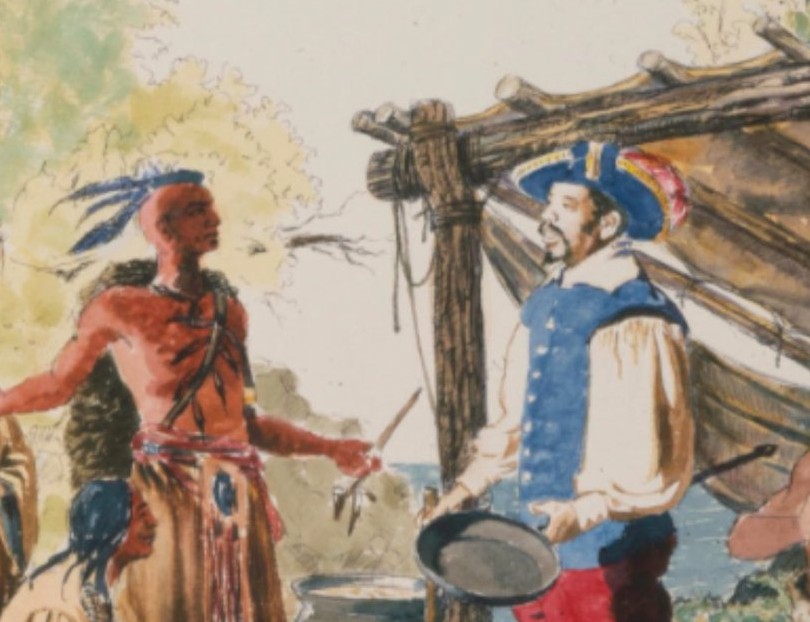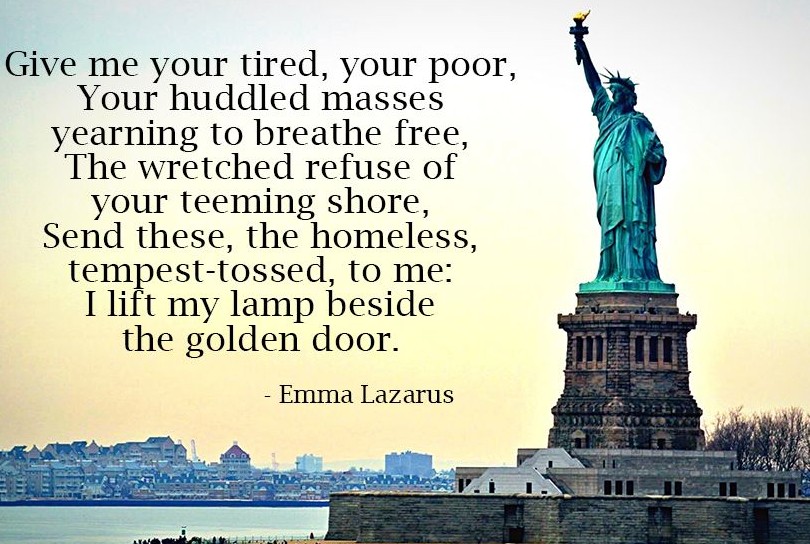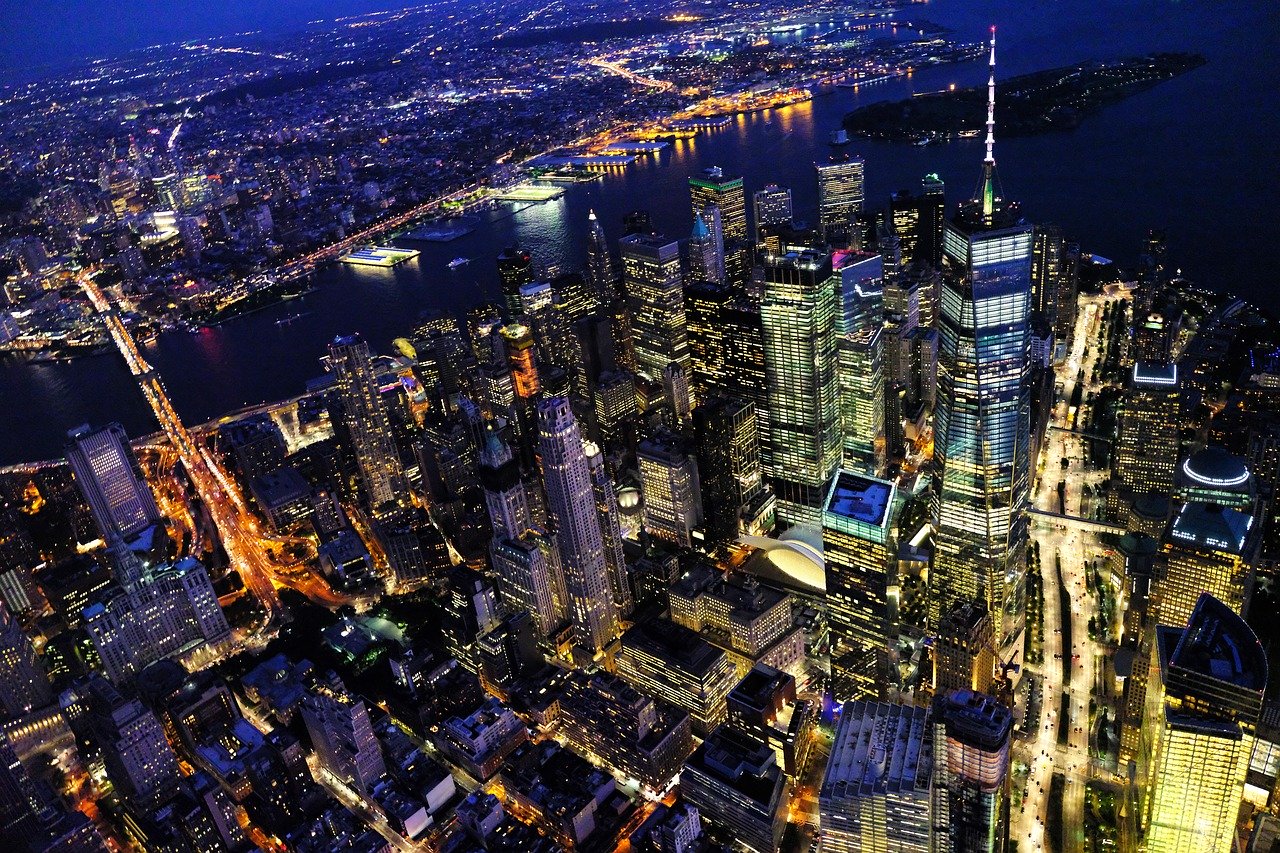The biggest Anglophone country in the world is the United States of America, and the biggest city in that country is New York.
Not the political capital but the city which is prioritised above all others when thinking about “I want to visit the US, but only have a week or less, which city must I see?”. Well the usual answer to that question is of course New York.
History
Prior to Europeans discovering New York, native American tribes resided in the area. The first non- native American to live in what now falls within the borders of modern New York city was a black Dominican by the name of Juan Rodriguez.

Rodriguez came on behalf of the Dutch, and it was the Dutch who controlled what we now known as New York, and the Dutch period was from 1624 to 1662 with the city known as New Amsterdam. The Dutch eventually surrendered control to the English who continued the practice of calling the city with the title “New” but this time instead of New Amsterdam, New York. In those times the undiscovered Americas were a world unknown to Europeans who knew of Africa, Europe and Asia all of whom they were connected to by land (in the case of Africa, ultimately the Suez Canal did not exist and Egypt and Sinai were connected by land) thus they labelled this the ‘New World’, a fresh unchartered world full of different lands and islands full of hope and promise and a degree of mystery as to what undiscovered treasures and riches lay in these unconquered regions.
The city continued to grow and only naturally so as it was a port and a vital point on connection between the ‘Old World’ (Europe mainly) and the ‘New’ in the trans-Atlantic trade and supplies between first England and Britain (Britain came in to existence in 1707 with the union of England, Wales and Scotland) and then when America became independent between the US and Europe. This growth is particularly dramatic in the 19th century when the city grew to over 3 million becoming the biggest city in the world in the early twentieth century.
The Melting Pot and the American Dream.
More than any other city New York epitomizes the concept of the ‘American dream’. What is the American dream?
The American dream is a noble and inspiring concept that essentially all men are equal and that this equality is realised in concrete form by the absence of any unstoppable obstacles from a person realising material success and with that material success happiness which is dependent on material well being can also be accomplished. It is intimately woven with concepts of freedom, equality, justice and opportunity.
This ‘New York’ was a ‘New City’ in the ‘New World’ away from the old world of ‘old Europe’ with its long established and ancient societies that had amongst other features old hierarchical societies, aristocracies, semi-feudal systems inhibiting social mobility. The 1776 war of independence or American revolution did away with the monarchy of Britain and with it any type of aristocracy or inherited nobility and strongly affirmed freedom. The contrast between old Europe and the new land of America can be seen in the famous poem of Emma Lazarus, ‘The New Colossus’ where she writes:
“Here at our sea-washed, sunset gates shall stand
A mighty woman with a torch, whose flame
Is the imprisoned lightning, and her name
Mother of Exiles. From her beacon-hand
Glows world-wide welcome…”
Clear in this, especially with the “Here….shall stand” is a vision of what New York would be like. It was to be a welcoming city, open to all including those who were rejected or suffered elsewhere as we see in the words “From her beacon-hand Glows world-wide welcome”
Lazarus’ poem continues:
“Keep, ancient lands, your storied pomp!” cries she
With silent lips.”
‘Storied pomp’ refers to ‘pomp’ or grandeur which is preserved orally in story-form, thus the term “storied” (told/preserved by way of stories). These ‘ancient lands’, an allusion to old Europe (a land with ancient history but also inequality, feudalism and social restrictions) had tradition, history, a ‘pedigree’ that this new, fresh land of the Americas and of New York do not have. In some ways this old Europe has the ‘right’ to perceive itself as superior and sneer somewhat at this America with its lack of history. Its, Europe’s, histories are celebrated with many stories, and in pomp. Does this ‘woman’ (the statue of liberty) feel inferior to old Europe with its ancient greatness? Far from it, in a defiant manner she says “Keep…your storied pomp!” Keep it, do not share it, let us not try to emulate it or ape it, but let us instead construct something new. Thus Lazarus’ poem identifies the elitism of Europe but does not seek to participate in this elitism be it its history or to be involved with the social elitism of the European elite, rather Lazarus writes:

“Give me your tired, your poor,
Your huddled masses yearning to breathe free,
The wretched refuse of your teeming shore.
Send these, the homeless, tempest-tost to me,
I lift my lamp beside the golden door!”
Rather than seeking to urge the kings, queens, earls, barons and wealthy of Europe to come to America, the inheritors of the ‘storied pomp‘ of Europe, Lazarus is though not totally excluding or rejecting them is instead calling for the “tired” and “poor”, for the underclass, for the not-haves in society.
Lazarus’ vision of a city embracing peoples from all over the world has come true, albeit not without challenges. New York is one of the most diverse cities in the world with people of African-American, Italian, Jewish, Irish, east Asian, Hispanic origins all living there. People have migrated from across different oceans and different lands with even now 37% of people living in New York said to be born abroad, immigrants living in a land full of immigrants bar the native Americans.
An Irish man or an Italian who migrated to New York could escape the shackles and restrictions of European feudalism or social injustice, a severely restrictive social system which often assigned a man born to a peasant or serf to live as a peasant or a serf, to die as a peasant or serf, to have children who would in turn live and die as peasants or serfs and for that cycle of servitude and lack of freedom to continue. Rather in this ‘new’ land of the ‘free’, a descendant of Irish immigrants such as John F Kennedy could become president or a descendant of Italian immigrants such as Mario Cuomo could become governor of New York or someone of African descent such as Muriel Browser could become the mayor of the capital of the USA, Washington DC.



So New York is a city of immigrants and encapsulates for many the very fundamental nature of the modern United States, to be a land of freedom and opportunity, a welcoming land, a land bound by a colour blind unifying civic nationalism, though not all are in agreement with this concept.
The USA and New York represent the noble ideal of a society where all are welcome and all can excel and all can live in peace. If thus it can be done in the USA it can then be replicated across the world.
The city.
The city is said to have a population of 8.3 million and is an economic centre of finance, tourism, property, education and of course a thriving port city facing eastwards as it does to the mighty Atlantic ocean.
It has countless eateries with diverse cuisines, an active social life and busy bustling neighbourhoods.
Culturally New York is the setting of a lot of American films and TV programs which include:
– The Godfather, The Sopranos, ‘Friends’, ‘The Cosby Show’
Here is the ‘English Made Simple’ video about New York.
Tell us what you think!
Feel free to comment on this page or on the video.

